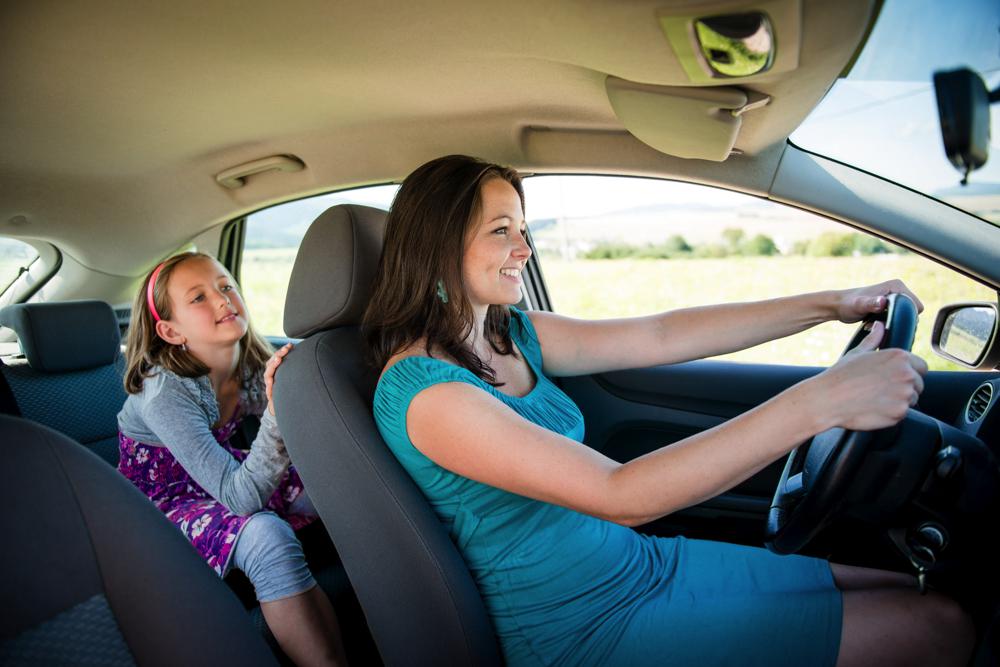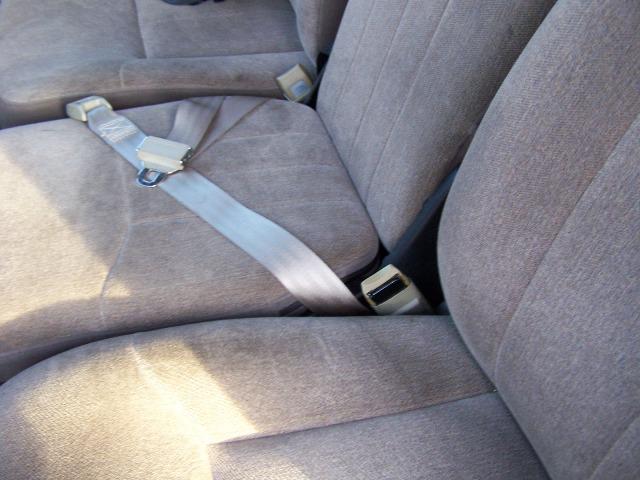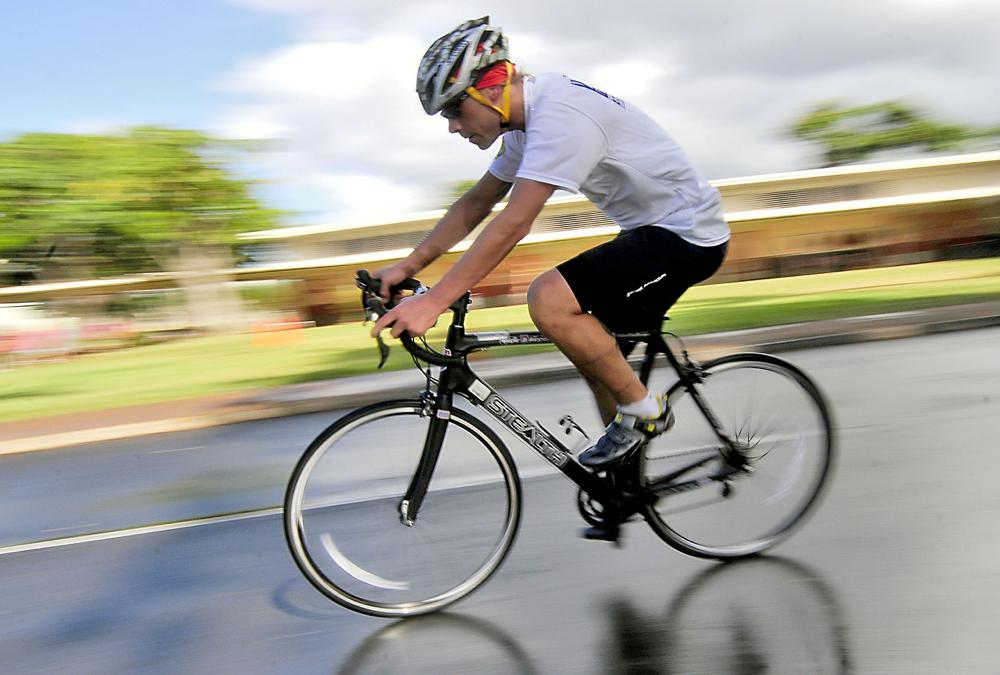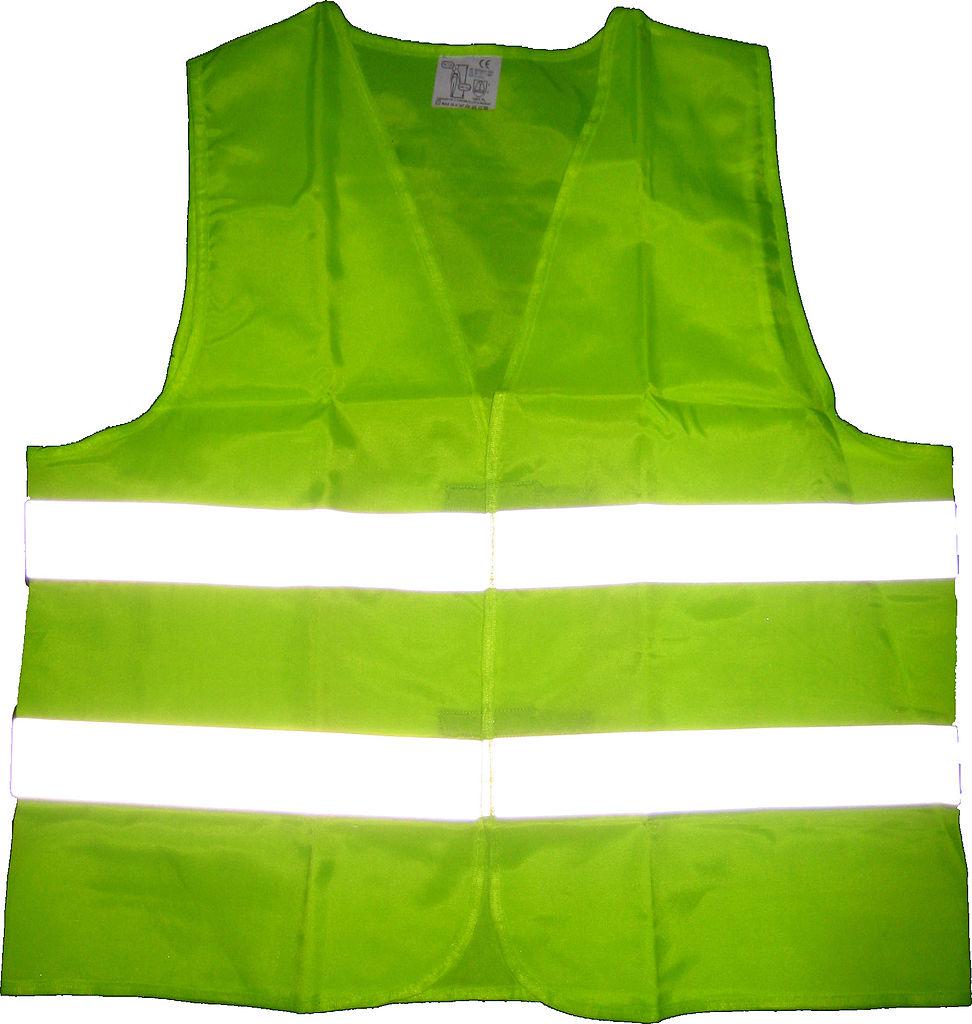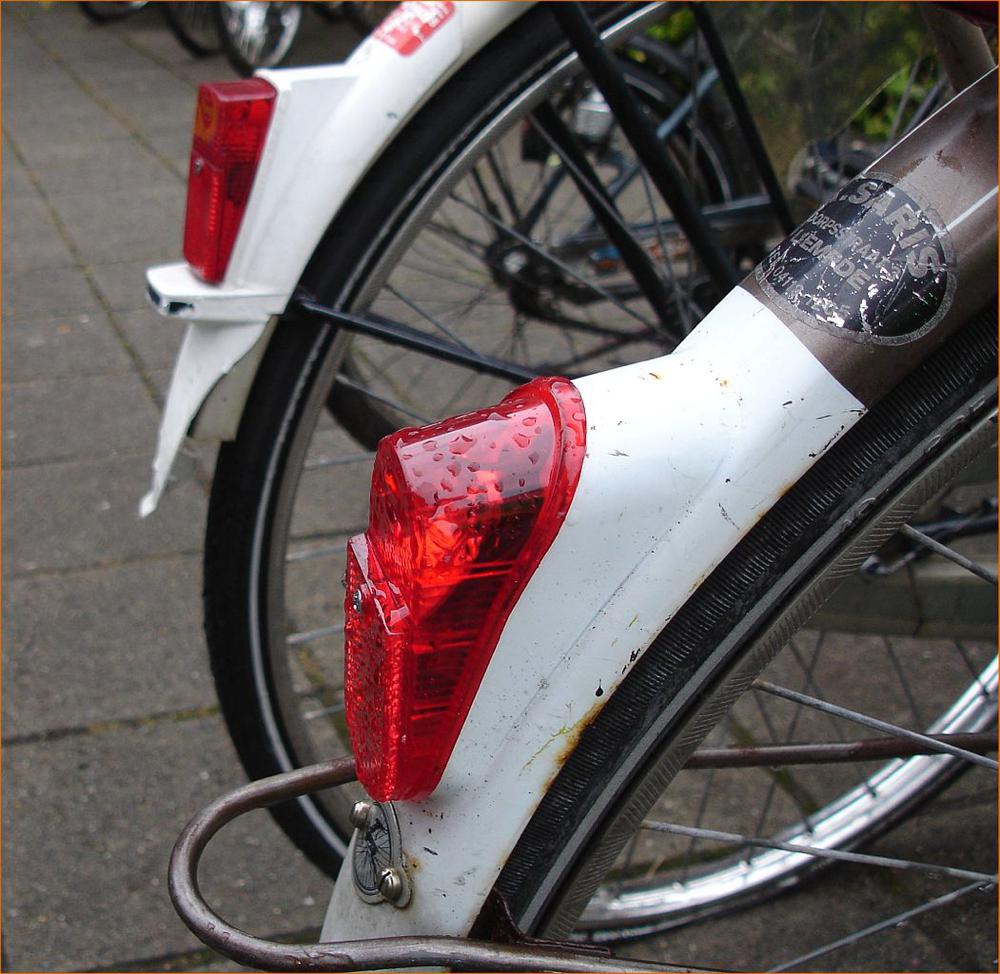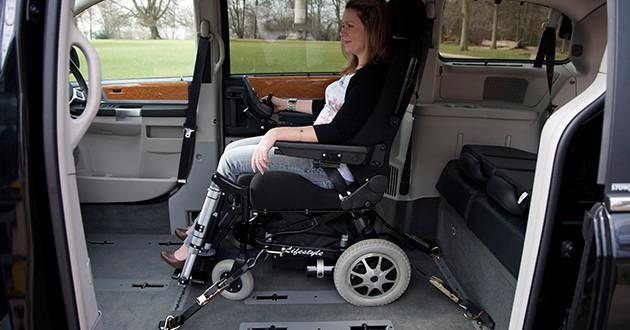Instructions:
Indicate the driver’s use of safety/restraint equipment (or the helmet use by a motorcyclist) at the time of the crash.
Definition:
The restraint/safety equipment in use by a driver, passenger or non-motorist, or the helmet used by a motorcyclist at the time of the crash.
Rationale:
Proper classification of the use of available occupant restraint systems and helmet use is vital to evaluating the effectiveness of such equipment.
FAQ
Does this field still apply to a walking pedestrian?
Yes. Fields 0, 8, 9, or 10 may apply.
Accuracy Checks
- If the Vehicle Configuration Code indicates ‘motorcycle’ or ‘moped’, then the only applicable Safety System Used would be ‘helmet’ or ‘unknown’.
- Safety System Used codes of ‘helmet’, ‘protective pads’, ‘reflective clothing’, ‘lighting’, and ‘other’ are only to be used on non-motorist person records.
Data Quality Audit Results
| Driver | ||||
| Report Type | Complete | Incomplete | ||
| Local Police (electronic) | 574 | 96.5% | 21 | 3.5% |
| Local Police (paper) | 551 | 90.0% | 61 | 10.0% |
| State Police (electronic) | 514 | 82.6% | 108 | 17.4% |
| Total | 1639 | 89.6% | 190 | 10.4% |
| Passenger | ||||
| Report Type | Complete | Incomplete | ||
| Local Police (electronic) | 119 | 95.2% | 6 | 4.8% |
| Local Police (paper) | 139 | 93.3% | 10 | 6.7% |
| State Police (electronic) | 55 | 61.8% | 34 | 38.2% |
| Total | 313 | 86.2% | 50 | 13.8% |
| Non-Motorist | ||||
| Report Type | Complete | Incomplete | ||
| Local Police (electronic) | 4 | 21.1% | 15 | 78.9% |
| Local Police (paper) | 5 | 35.7% | 9 | 64.3% |
| State Police (electronic) | 1 | 33.3% | 2 | 66.7% |
| Total | 10 | 27.8% | 26 | 72.2% |
Driver Safety System Used was found to be complete in 90 percent of the reports reviewed, which is a decrease from the 2005 audit findings (from 95 percent). Although both submittal types for local police had a percent completed rate in the 90s, reports submitted by the State Police had a slightly lower rate, at just over 82 percent. In instances where this field is completed, auditors commented that it is often unverified. Furthermore, there were a number of instances where the collision involved a parked vehicle or a hit and run crash and would not be applicable. Passenger Safety System Used is a field that was completed for 86 percent of the reports reviewed. Similar to other fields in this section, State Police had the highest percentage of reports deemed incomplete, with about 38 percent. This was true for most passenger fields in this section of the crash report. Some auditors indicated if there were no passenger injuries, this section was often left incomplete. The Non-Motorist Safety System Used field was only found to be complete in 28 percent of the reports reviewed (10 of 36). Local police electronic submissions were incomplete most often (15 of 19) with local police paper submissions incomplete 63 percent of the time (9 of 14), and State Police electronic submissions incomplete 67 percent (2 of 3) of the time.

